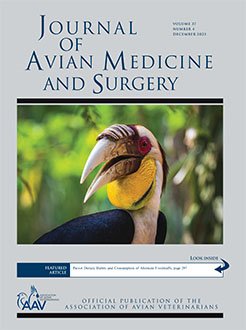EDITORIAL (1)
ORIGINAL STUDIES (2)
CLINICAL REPORTS (3)
BOOK REVIEW (1)
Articles (2)

No abstract available
No abstract available
No abstract available
No abstract available
No abstract available
No abstract available
